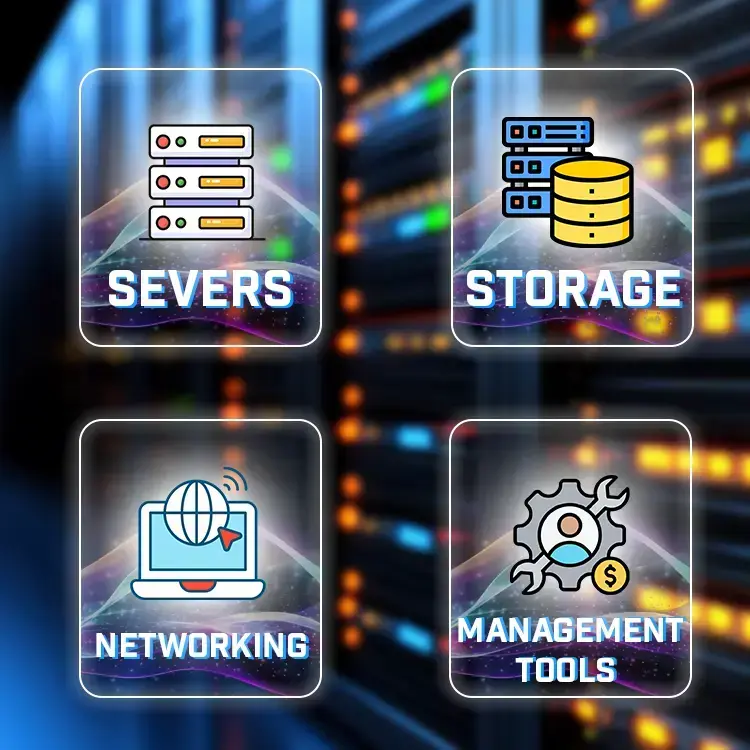
Understanding server infrastructure has become highly important for all the businesses that are connected with high-demand workloads, cloud computing, and more. A proper implementation of the infrastructure as well as further maintenance is so crucial nowadays.
That’s why, we decided to share some major concepts and best practices relating to the server infrastructure. If that is something you are interested in as a developer, we will guide you through it, and in the meantime, you can choose your VPS for the most reasonable price.
Generally speaking, server infrastructure is a complex of things including storage, networking devices, managing approaches, and framework of servers. The term relates both to the virtual and physical parts and here are the main components of the infrastructure:

The fast growth of legal tech can be attributed to several factors:
The peculiarity of type is that all the necessary servers are based in the data center of the specific company. This means this business is dealing with all the maintenance and management processes independently.
The main benefits of this approach are that you are getting exceptional security, better control in terms of the hardware, and of course compliance. The minuses are mainly connected with the price and higher maintenance involvement within all the processes.
There is a diversity of web providers that offer cloud server resources and companies can easily scale them.
The major benefits of this type of infrastructure are in the financial aspect, awesome scalability, and minimized management regarding the hardware. While the minuses of the cloud-based approach are in third-party involvement and you have absolutely minimal influence on the uptime.
One more great type is a combination of the first type so that companies can maintain sensitive information on their servers with the cloud approach gives instant scalability whenever there is a necessity. Generally, this is a great method, however, it is challenging in terms of management, and integration between 2 types which should be properly made.
The design of server infrastructure should consist of several important steps. Here are some of them to keep in mind:

Try to be specific with the needed storage space, geographical location, approximate number of users of your project, and backup options.

Choose RAM and processors depending on the workload. As for the storage type, SSDs have high-performance requirements, and HDD for more capacity.

When talking about the network setup, ensure that the necessary data transfer speed is achieved. Plan the redundant components for the network, this means implementing several switches and interfaces in case of some issues. Moreover, try to use firewalls and other security measures.

To create several virtual machines on one server, you will need a hypervisor such as KVM or VMware. With the usage of the right virtualization tools, you can significantly improve the scalability and simplify management.
To get a more responsive environment and work with extensive high loads it is recommended to implement load balancing. With the usage of such balancers as AWS Elastic Load or HAProxy, it is possible to divide traffic activity across several servers. This means, one server won’t be overwhelmed.
Also, regular monitoring with the help of Prometheus or other tools can guarantee that there are no hardware issues within the network.
Legal services are becoming more effective, accessible, and client-friendly as a result of the significant change in the legal landscape brought about by the emergence of legal technology. Legal practitioners and clients alike are reaping the benefits of technology's revolutionary potential, with platforms such as Lawrina providing useful tools and solutions. A more contemporary, dynamic, and just legal sector will be shaped in the future largely through ongoing innovation and acceptance.
This website uses cookies or similar technologies, to enhance your browsing experience and provide personalized recommendations. By continuing to use our website, you agree to our Privacy Policy
